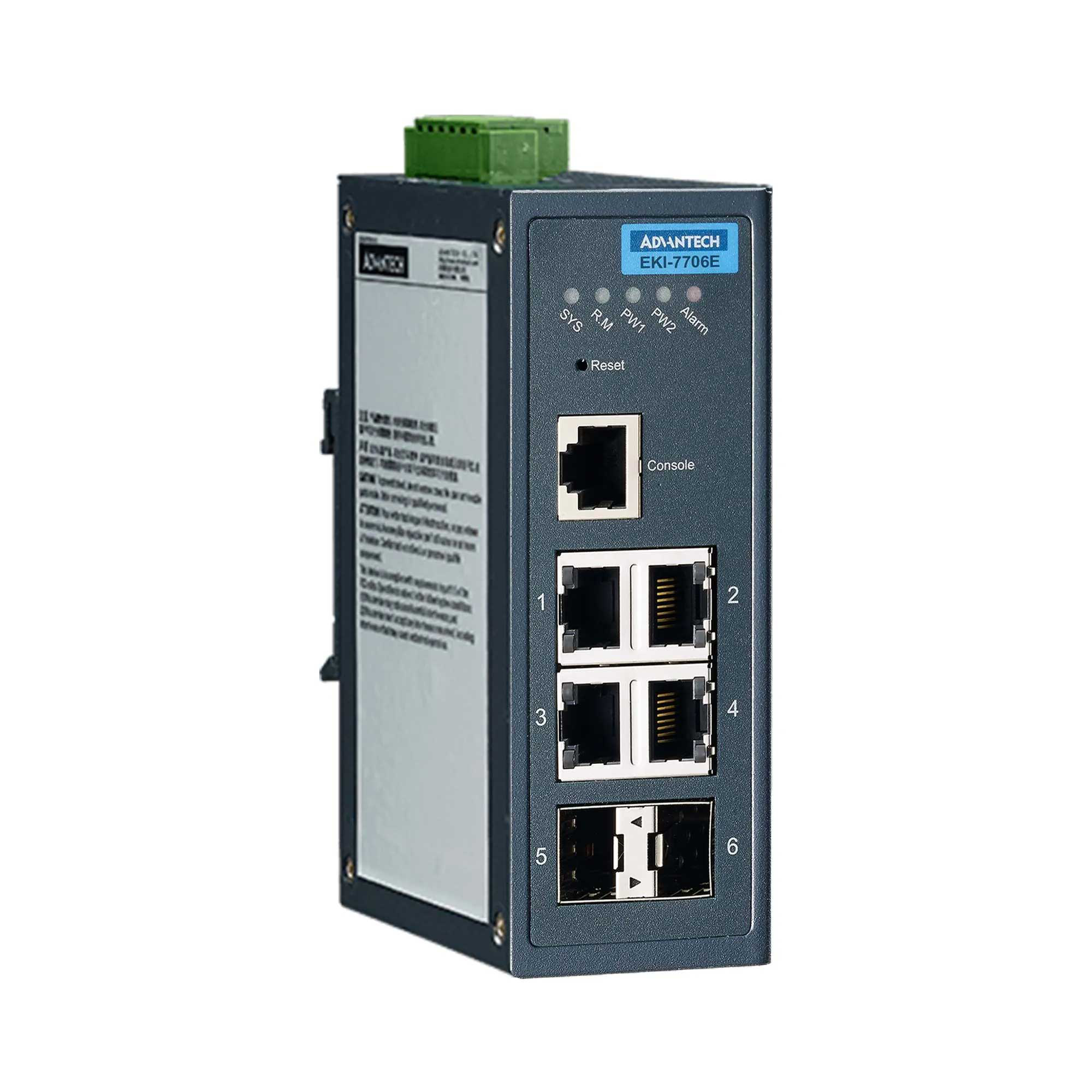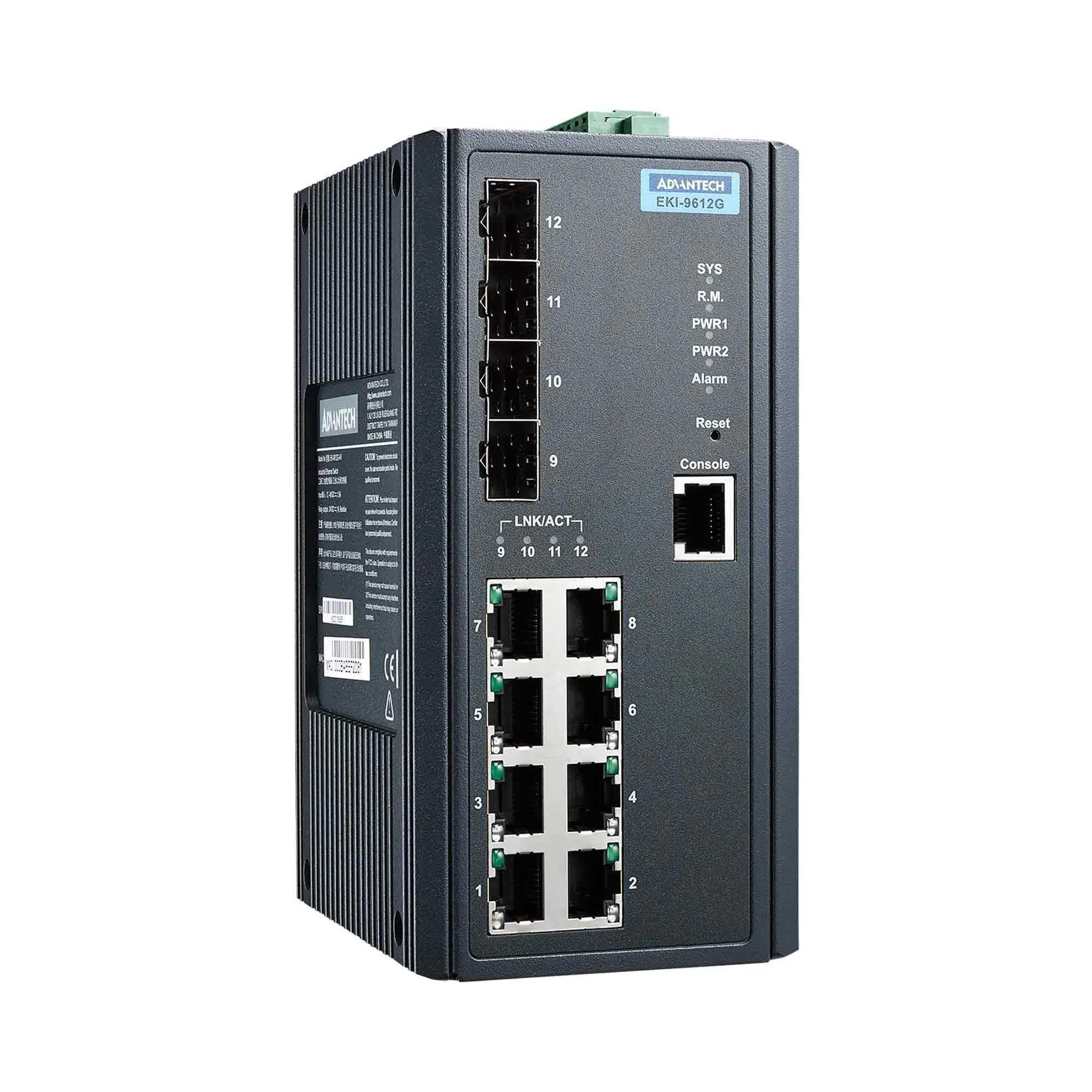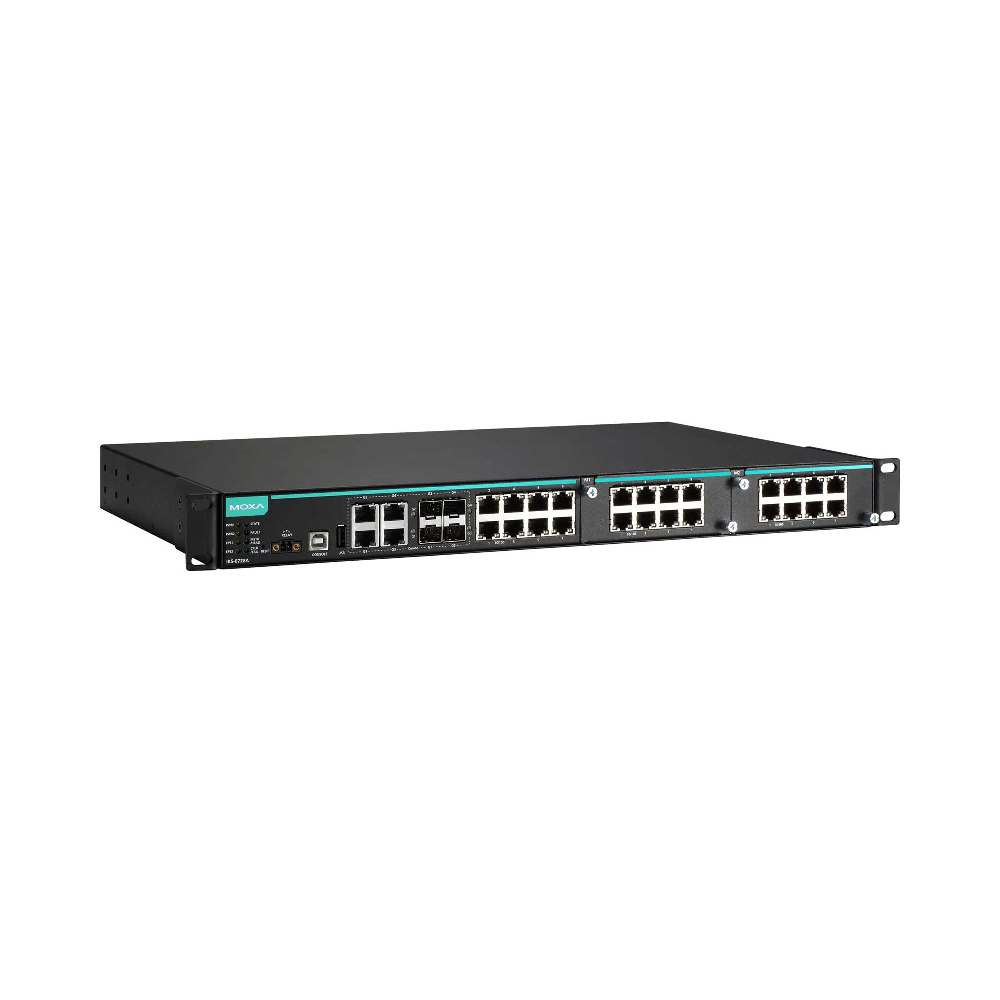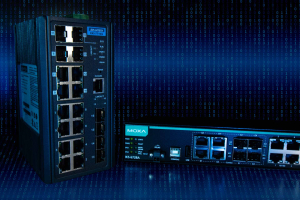We use cookies to make your experience better. To comply with the new e-Privacy directive, we need to ask for your consent to set the cookies. Learn more.
What is the Difference Between Layer 2 and Layer 3 Switch?
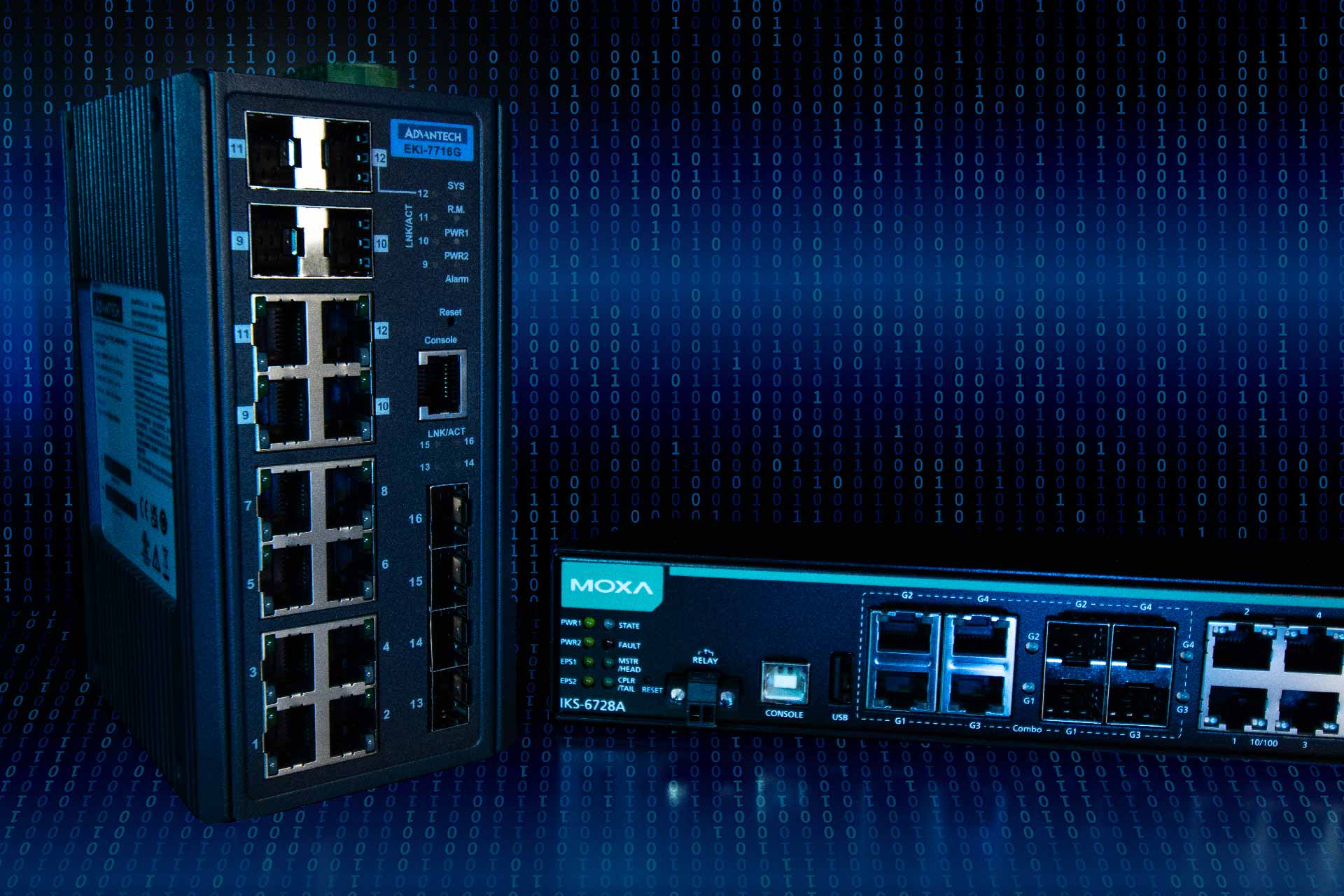
Industrial network switches serve as the backbone of communication systems in industries, facilitating seamless connectivity between various devices and systems within the local area network (LAN).
Unlike common switches, Industrial Ethernet switches are specifically designed to withstand harsh conditions. They can handle extreme temperatures, humidity, vibration, and electromagnetic interference. These rugged switches ensure uninterrupted operation even in challenging environments.
Industrial switches provide reliable and deterministic performance. They offer dedicated bandwidth to connected devices, ensuring real-time data transmission. As industrial networks grow, these switches allow for scalability without compromising performance.
Industrial switches enhance security by providing features such as VLAN segmentation and access control.
Industrial Network Switches are essential for maintaining efficient communication, reliability, and scalability in industrial settings. Whether it’s connecting sensors, controllers, or machinery, choosing the right switch ensures optimal network performance and business success, properly configured switches contribute to a secure network environment. With two common types of switches are Layer 2 and Layer 3 switches, which one do you choose?
Layer 2 Switch
1. Operational Layer:
- A Layer 2 switch operates at the data link layer (Layer 2) of the OSI model.
- It primarily deals with MAC addresses and forwards data packets based on these addresses.
2. Functionality:
- The Layer 2 switch sends frames to their destination ports using the MAC address table.
- It learns about devices connected to its ports by flooding the network initially (similar to a hub) and then building its MAC address table.
3. Use Cases:
- Layer 2 switches are commonly used to reduce traffic within a local network.
- They work efficiently within a single broadcast domain.
4. Speed:
- Layer 2 switches are fast because they do not examine the Layer 3 portion of data packets.
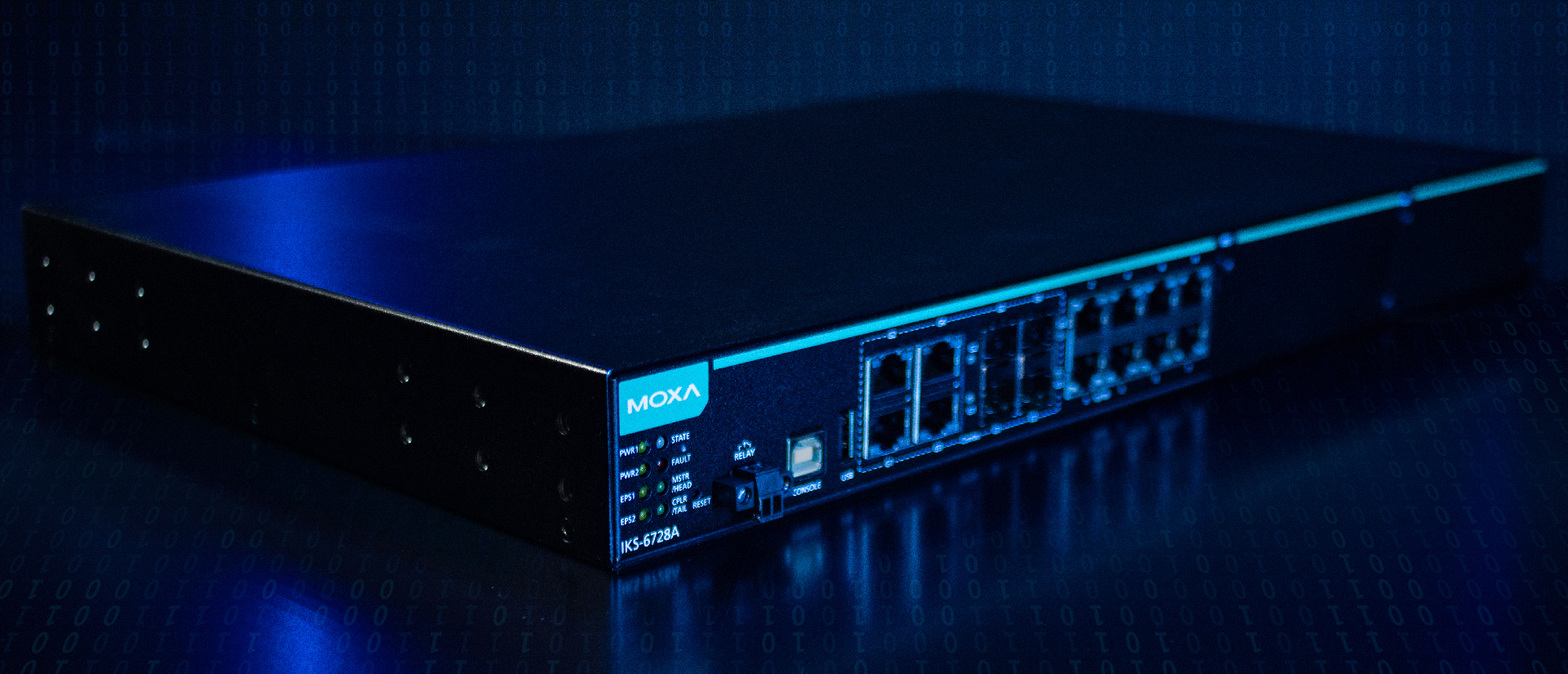

Layer 3 Switch
1. Operational Layer:
- A Layer 3 switch operates at the network layer (Layer 3) of the OSI model.
- It combines the functionality of a Layer 2 switch with additional routing capabilities.
2. Functionality:
- Layer 3 switches can route packets based on both MAC addresses and IP addresses.
- They perform the switching function like Layer 2 switches but also handle routing tasks.
3. Use Cases:
- Layer 3 switches are widely used in scenarios involving VLANs (Virtual Local Area Networks).
- They can communicate within or outside the network, making them versatile.
4. Broadcast Domains:
- Layer 2 switches have a single broadcast domain.
- Layer 3 switches can have multiple broadcast domains.
Understanding the differences between Layer 2 and Layer 3 switches and selecting the most suitable switch for your networking requirements is essential for optimizing network performance. Our advisors are available to review your requirements, to help you make an informed choice, so you can ensure that your network operates at its peak efficiency.




